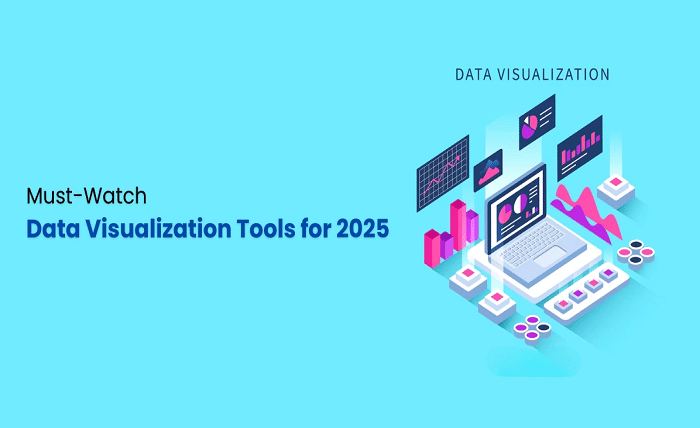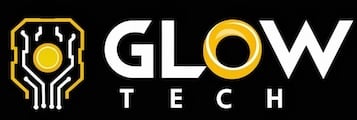
In today’s data-driven business environment, the ability to make informed decisions hinges on how well organizations can interpret and act upon vast amounts of data. However, the challenge lies in navigating through this data to uncover actionable insights. This is where data visualization tools come into play. By transforming complex datasets into visually digestible formats, these tools empower businesses to analyze their data effectively and make strategic decisions that can drive growth.
Data visualization not only simplifies the interpretation of intricate data but also helps businesses identify patterns, trends, and opportunities that might otherwise be missed. The visual representations allow decision-makers to instantly grasp the context of their data, making it easier to formulate strategies, allocate resources, and make timely business decisions.
In this rapidly evolving technological landscape, the market for data visualization tools is thriving. For businesses seeking the most effective solutions, it’s important to understand the features that make certain tools stand out from the crowd. The ideal data visualization platform should not only facilitate the easy interpretation of data but also offer customization options, real-time data integration, and collaborative features that make it easier for teams to work together and derive insights.
Why are data visualization tools crucial in modern business?
The explosion of big data has made it imperative for organizations to find ways to process and analyze massive datasets quickly. Data visualization tools are pivotal in this effort, turning raw data into clear, actionable information. They present insights through various graphical formats, such as graphs, charts, and maps, which are more accessible and understandable compared to raw numbers. In fact, a well-designed visualization can often reveal insights that may have been hidden in large, complex datasets, which is essential for improving business decision-making.
Moreover, these tools enhance collaboration across departments. They allow users to interact with the data in real-time, adjust parameters, and explore different scenarios to uncover trends. This collaborative aspect ensures that teams are on the same page, working with the most up-to-date and relevant information.
Key features of the best data visualization tools
When evaluating data visualization platforms, several key features set the best apart from the rest. First, ease of use is paramount. A user-friendly interface, intuitive navigation, and comprehensive documentation ensure that all users, regardless of technical expertise, can maximize the tool’s capabilities. A platform that allows for seamless integration with various data sources, whether it’s cloud-based, on-premises, or third-party applications, is another essential feature.
Additionally, interactivity is a crucial element. The best tools allow users to drill down into specific data points, filter results, and visualize them in different ways, offering more control over how the data is analyzed and presented. Customization options, such as adjusting colors, labels, and formats, ensure that the visualizations meet the specific needs of each user or team.
For growing organizations, scalability is also important. The platform should be able to handle increasing data volumes and more complex datasets without compromising on performance. Furthermore, security is critical, particularly when handling sensitive data. Top-tier data visualization tools offer robust security features to protect data integrity and ensure compliance with data protection regulations.
Choosing the right tool for your business
With numerous data visualization tools on the market, selecting the one that best suits your needs requires careful consideration. Tools such as Power BI and Tableau offer powerful integration capabilities, real-time data handling, and a variety of customization options. For those seeking a more specialized tool, a data visualization company can help guide the process, offering tailored advice and assistance to ensure the tool is implemented effectively within your organization.
Other tools, such as Zoho Analytics and FusionCharts, provide an extensive array of visualization formats, while platforms like Sisense and QlikView emphasize scalability and advanced analytics capabilities. Regardless of the tool you choose, the right platform will help you turn your data into a strategic asset, providing your business with the insights necessary for informed decision-making and future success. Engaging with a data visualization company can further streamline this process, ensuring that the chosen tool is fully aligned with your business objectives and that your team is empowered to leverage its capabilities to the fullest.
As businesses continue to generate larger volumes of data, the role of data visualization will only grow in importance. With the right tool, organizations can not only stay ahead of trends but also unlock the full potential of their data, enhancing their decision-making and driving innovation in their respective industries.




